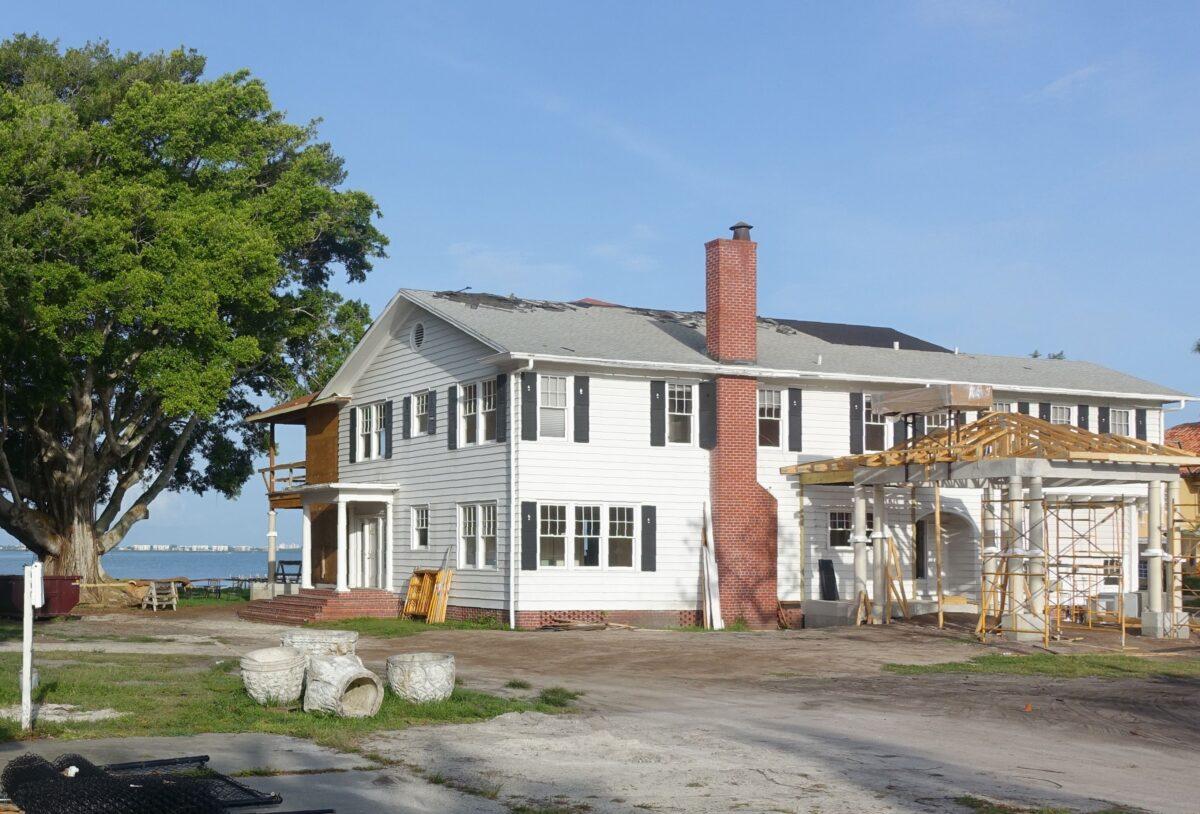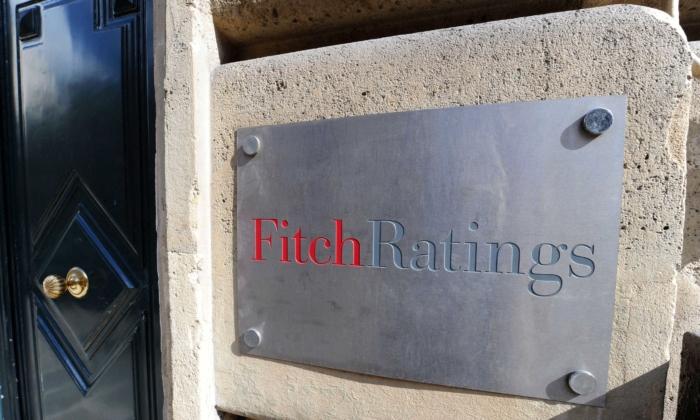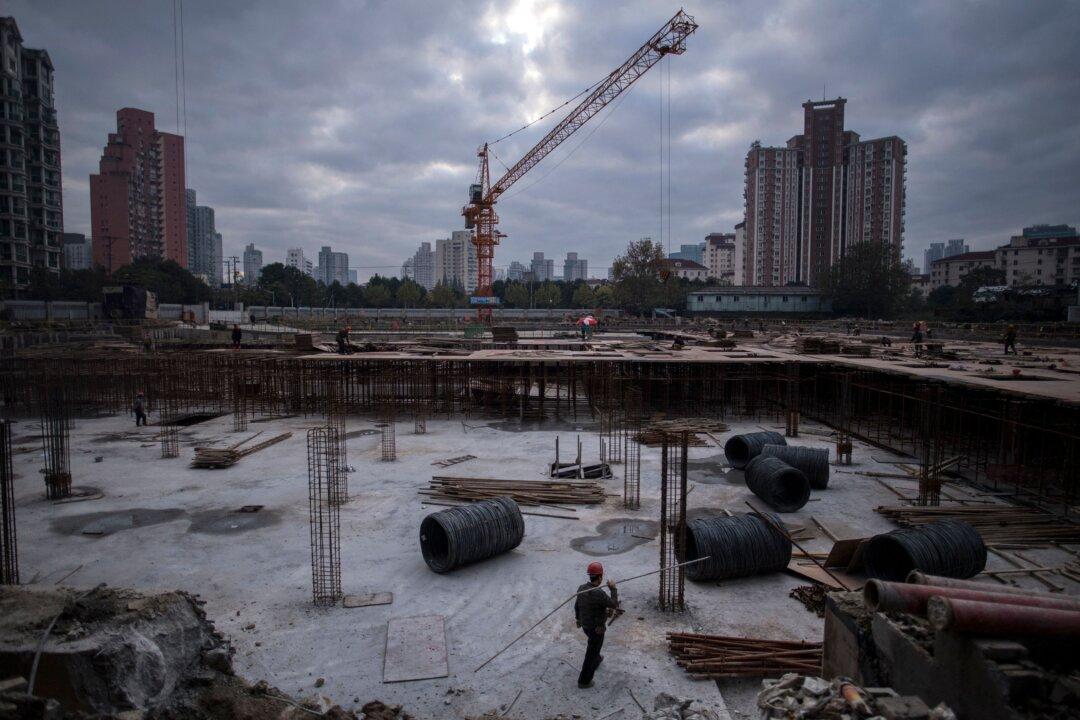After months of decline, May’s report on homebuilding showed a surge in activity. This news gives evidence of the emergence of the crosscurrents that inflation often brings to the residential real estate market.
On one side is the depressing effect of rising mortgage rates. Running counter is the attraction of real estate as an inflation hedge. The emergence of this second current should moderate the ill effects of high and rising mortgage rates on homebuilding and the economy generally. That’s a welcome trend. At the same time, the use of real estate to hedge inflation shows that people expect general inflationary pressures to last, and those expectations will make the Federal Reserve’s inflation fight more difficult.
Without recognizing these crosscurrents, the flow of data on residential real estate would seem contradictory and confusing. Consider that new home construction hit a high in 2021 when mortgage rates hovered at historic lows and the effects of the COVID-19 pandemic on lifestyles were still fresh. That year saw more than 1.6 million new homes started, almost a record.
Homebuilding activity began to fall after the Fed started its anti-inflation interest rate increases in March 2022. With the cost of financing rising and affordability declining, building activity fell by more than 20 percent from the 2021 high to April this year. But in May, the Commerce Department reported a 9.5 percent jump in new housing starts.

This sudden turn could, of course, reflect the variability of monthly statistics, but more likely, it speaks to the development of something more fundamental. It certainly could not reflect the Fed’s June decision to pause in its pattern of raising interest rates. Rather, it shows that almost regardless of financing costs, people are reaching for real estate to protect their financial position.
When inflation becomes endemic, or at least when people believe it has, as seems to be the case today, real estate holds two unique allures that can overcome the effect of rising mortgage rates.
First, ownership fixes the price of a significant part of the household budget. Whether a person owns property free and clear or has a mortgage with a reasonably stable interest rate, stabilizing the cost of shelter has an especially welcome effect when the cost of living is otherwise rising rapidly.
Second, history shows that real estate values more than keep up with inflation and, in most cases, outstrip the returns on other forms of investment. During the most recent great inflation, of the 1970s and 1980s, for example, inflation averaged a crushing 6.2 percent a year for the two decades. Residential real estate values gained 8.7 percent a year on average during that stretch of time, fully 2.5 percentage points faster than the rising cost of living. On both counts, buying looks attractive even if the person must stretch to shoulder the cost of financing.
The mitigating effect of this hedge buying should moderate the ill effects of high and rising mortgage rates on the residential real estate market. That will make life less onerous for builders and real estate agents. That moderating effect will also extend to the economy at large. Welcome as this influence is, however, the inflation expectations underlying this drive for a real estate hedge carry their own unrelated ill effects. These inflation expectations will impart a complicating momentum to actual inflation, giving it a kind of life of its own.
In addition to improving the appeal of home ownership, generally held inflation expectations will prompt earners to demand wage hikes to get ahead of anticipated price increases. Such expectations will also prompt managers to grant such demands on the expectation that they will be able to compensate the bottom line by easily raising prices. The momentum this behavior imparts to inflation makes the Fed’s job of countering price pressures much more difficult than it would otherwise be.
However hard or easy the Fed’s job, the existence of these crosscurrents should, for the time being, catch residential building and buying activity in a kind of stasis. On the one hand, the Fed’s determination to bring inflation back to its 2 percent target will impel monetary policymakers to keep interest rates, including mortgage rates, high for the foreseeable future and, given Fed Chairman Jerome Powell’s recent remarks, probably raise them still higher in the months to come. Those actions will put downward pressure on buying and building activity. At the same time, the allure of home ownership, despite increased financing costs, will create an upward push in buying and building. Activity in residential real estate will accordingly suffer little further correction but no recovery and instead bounce around recent lows for the foreseeable future.





